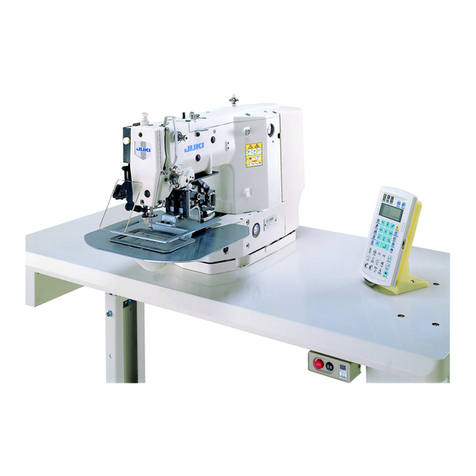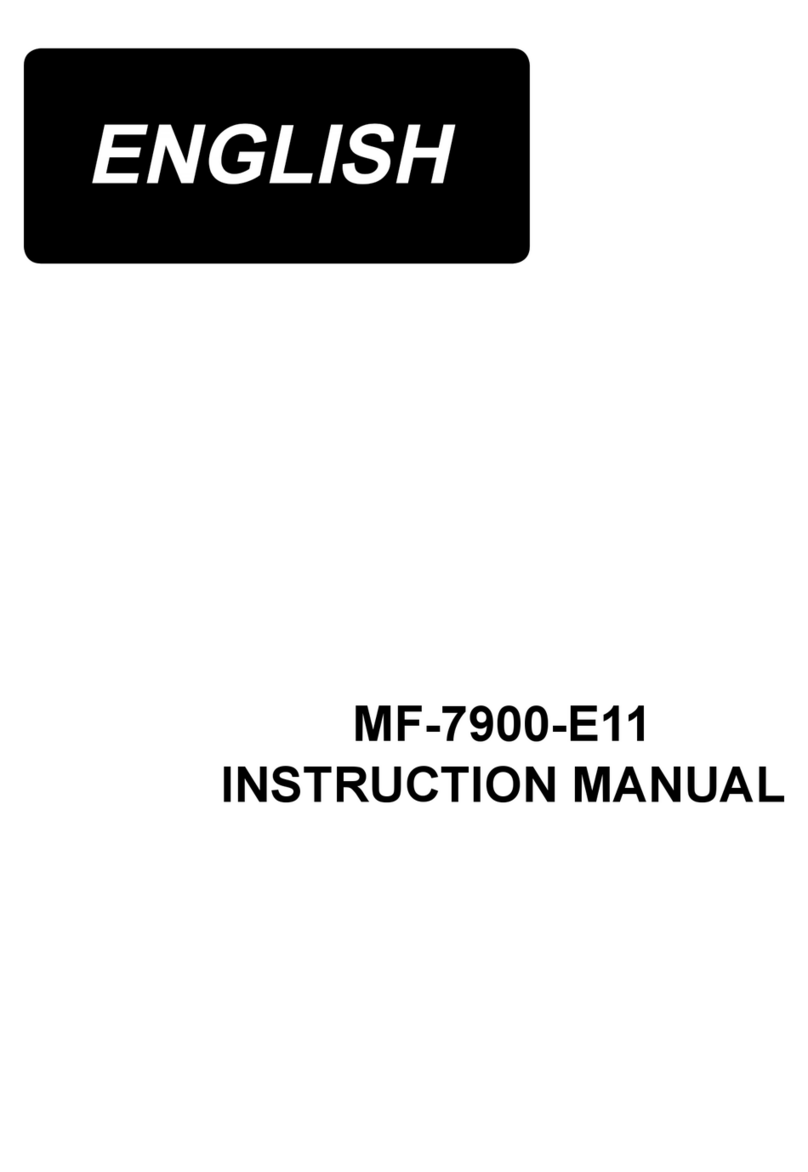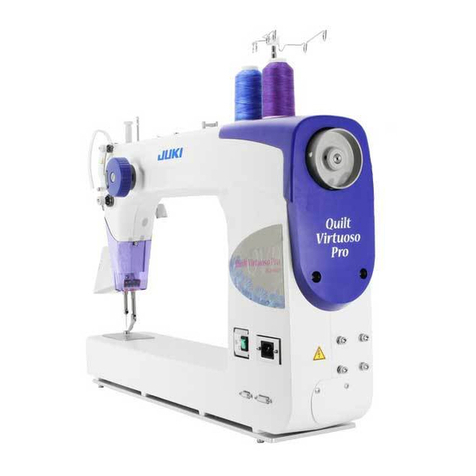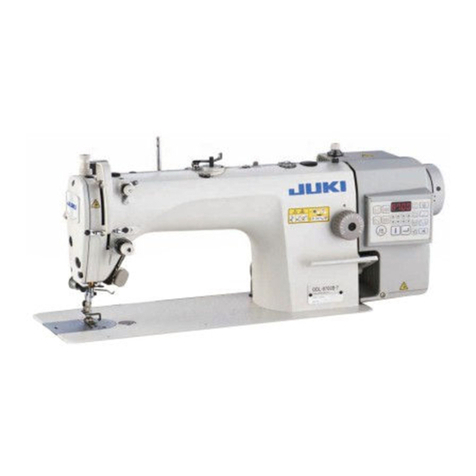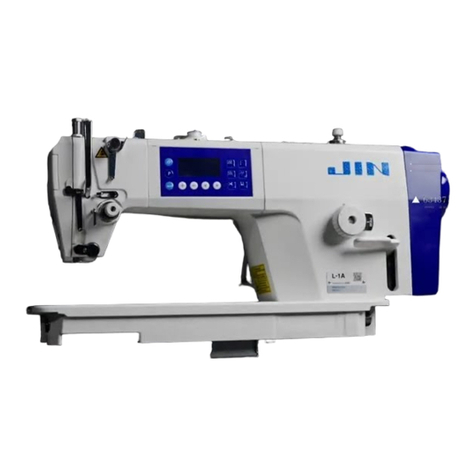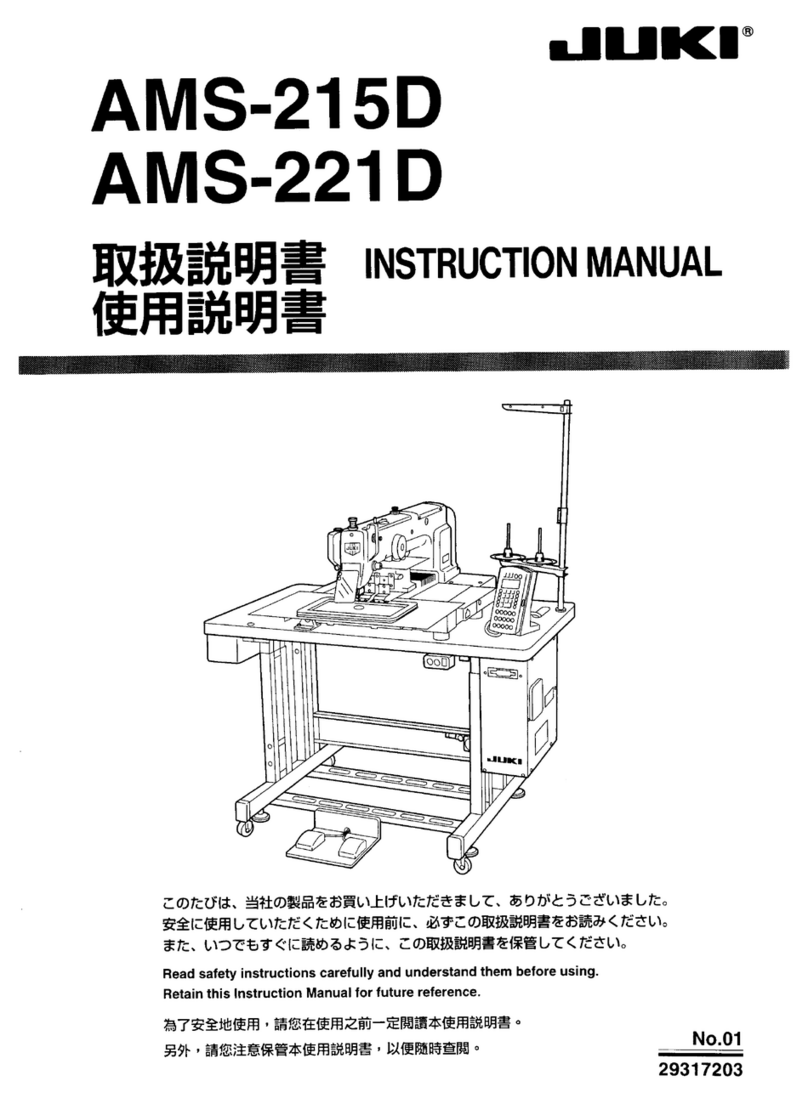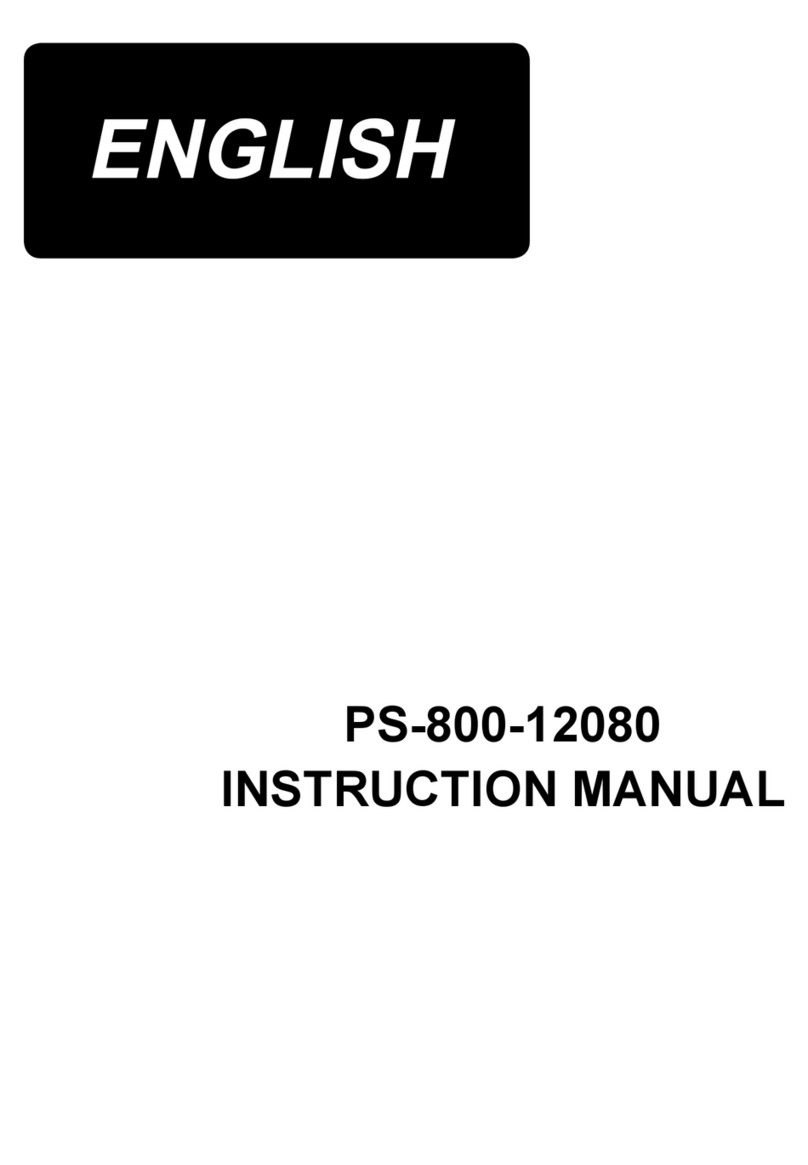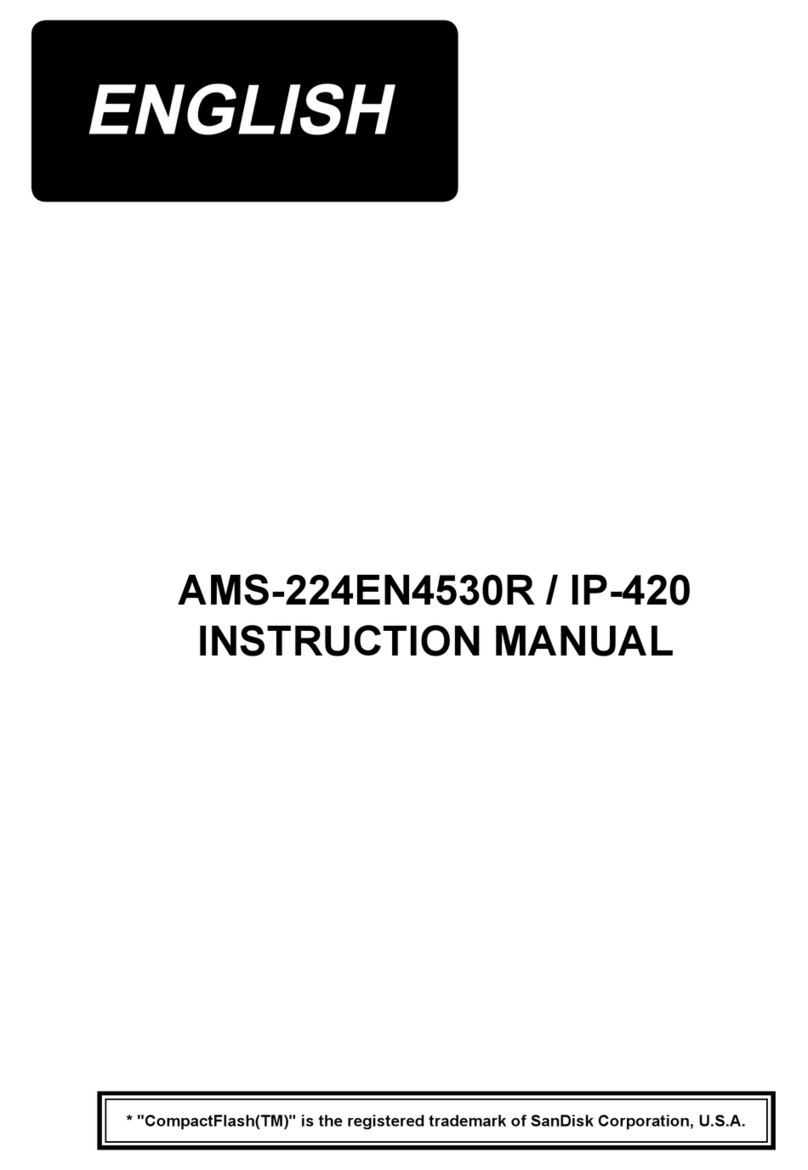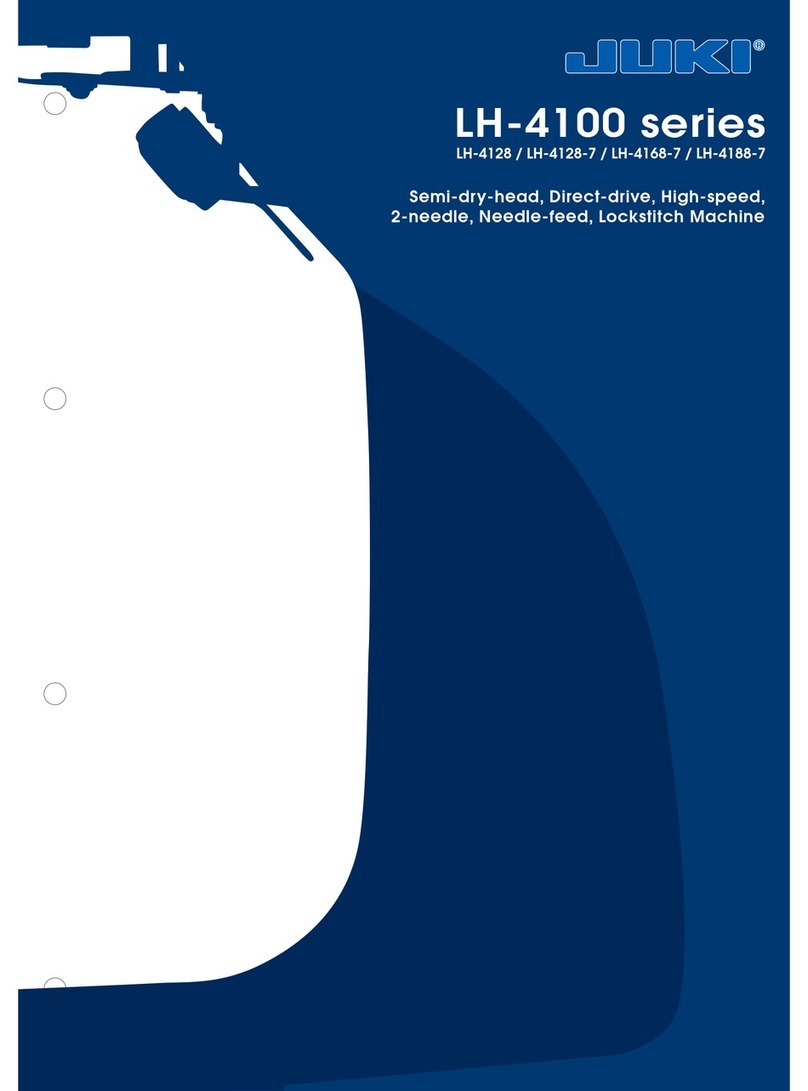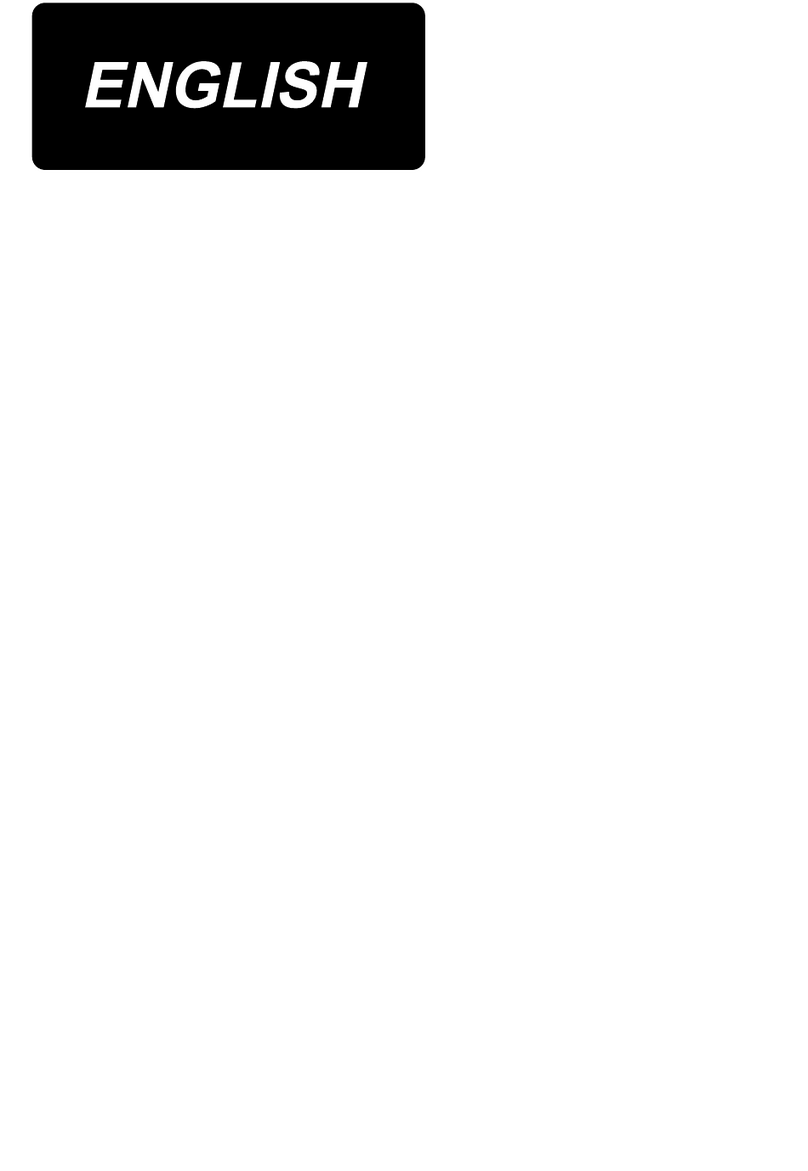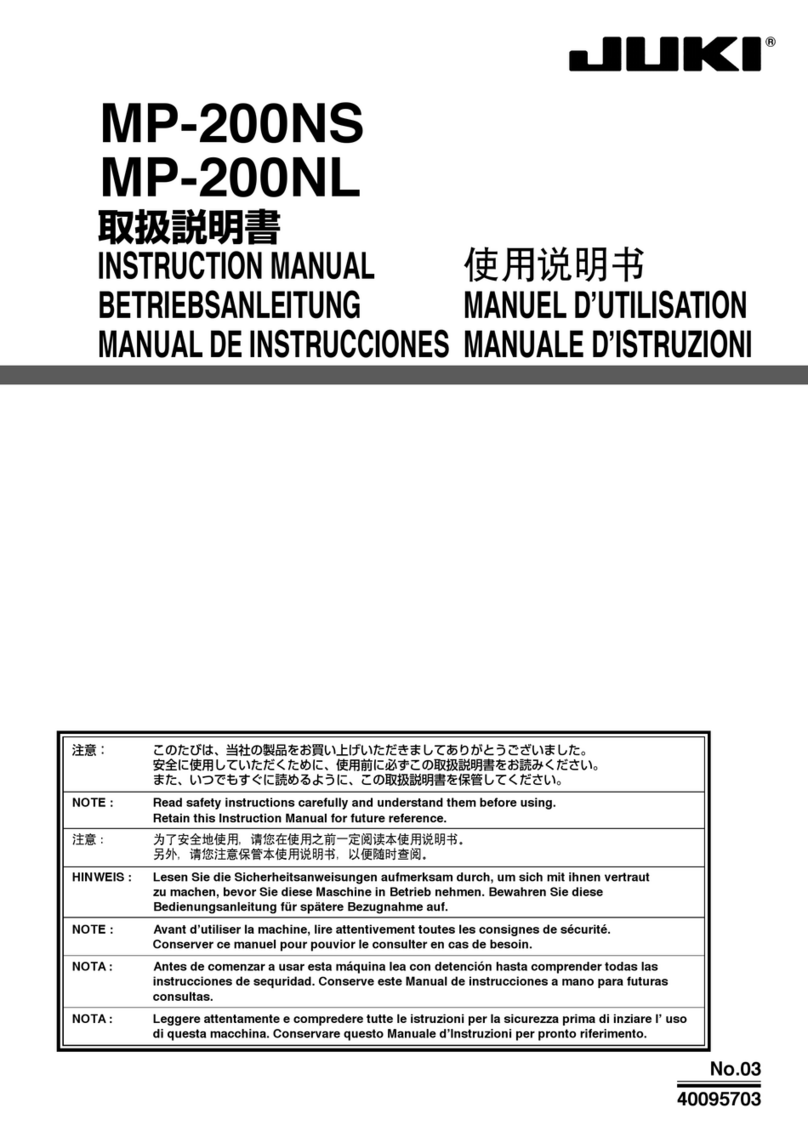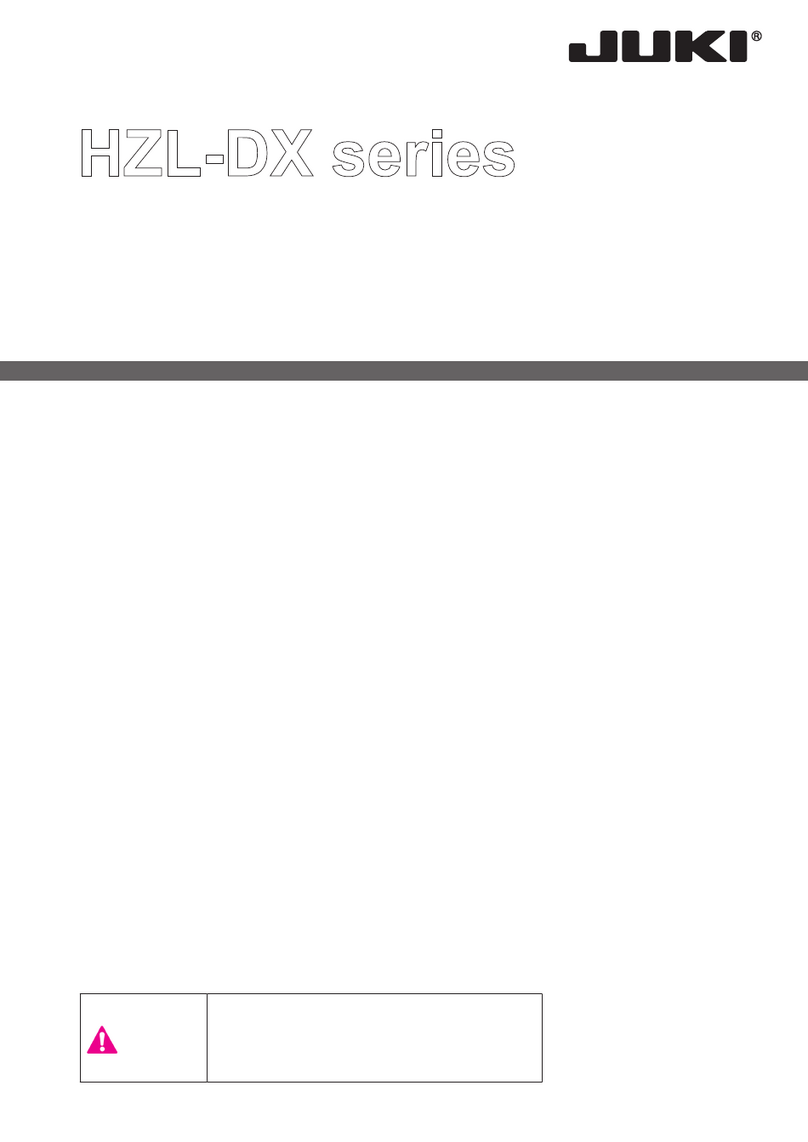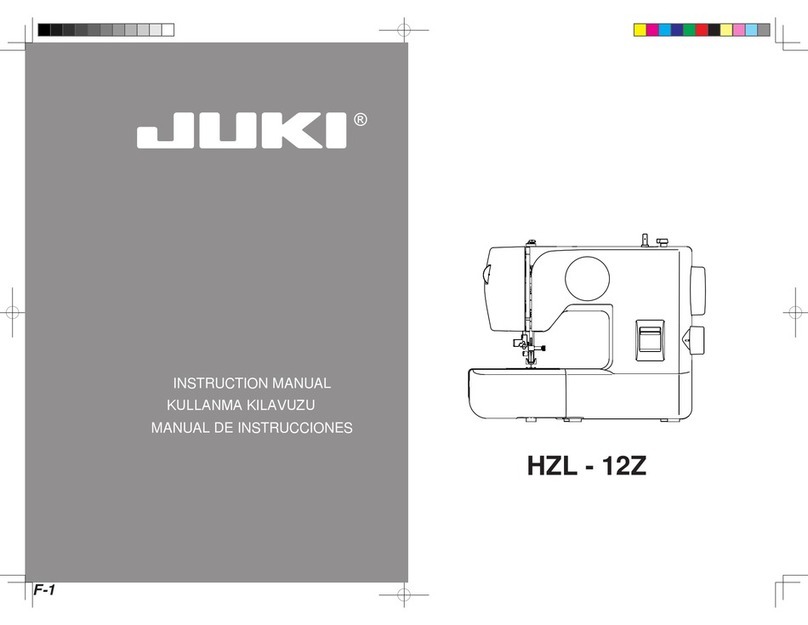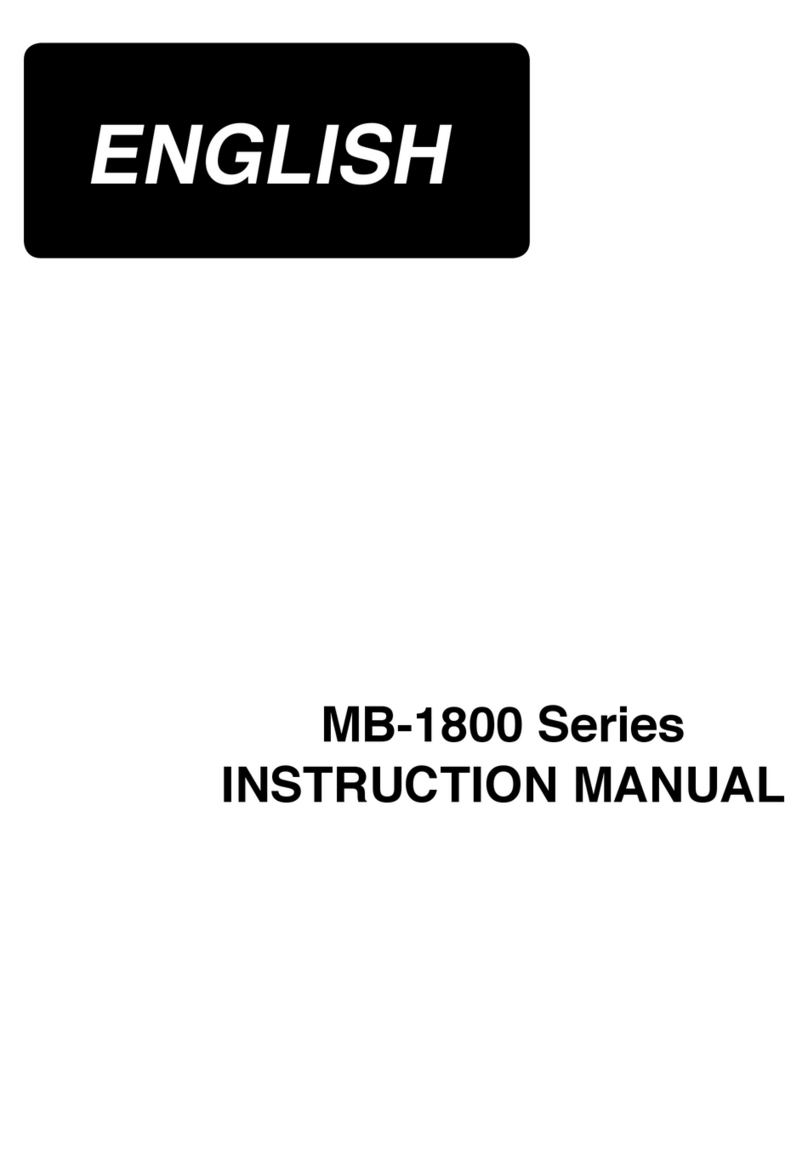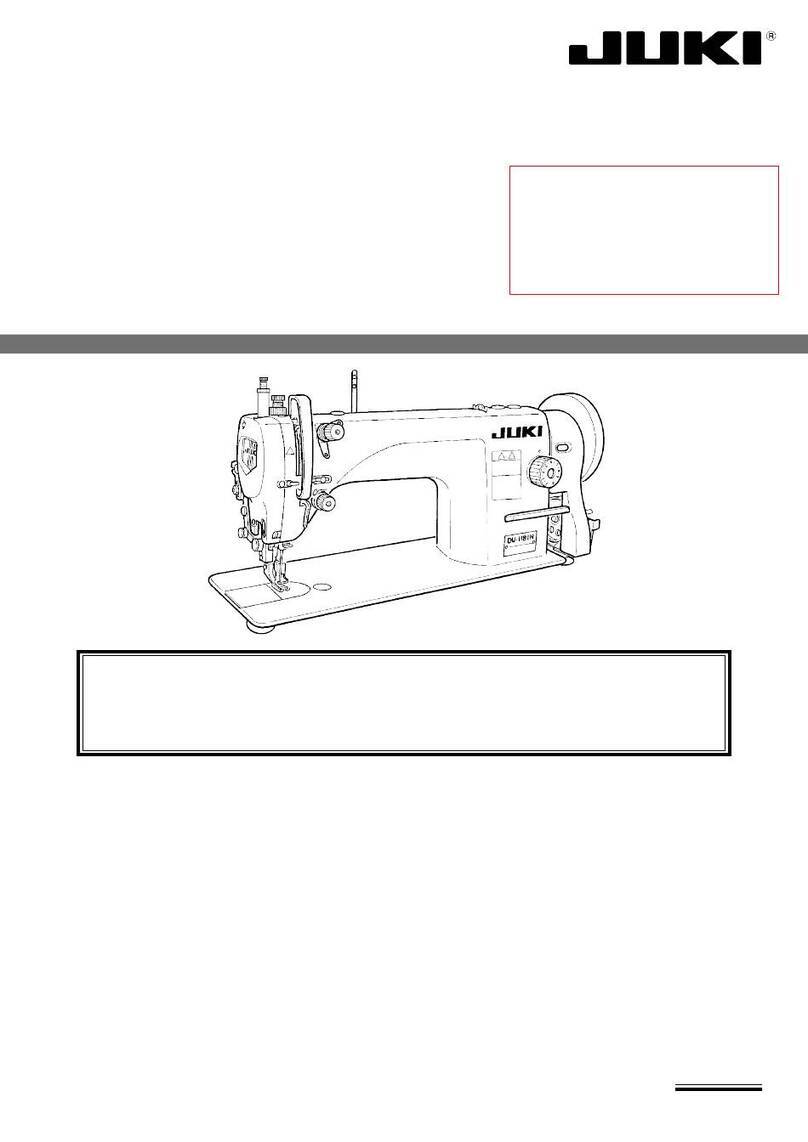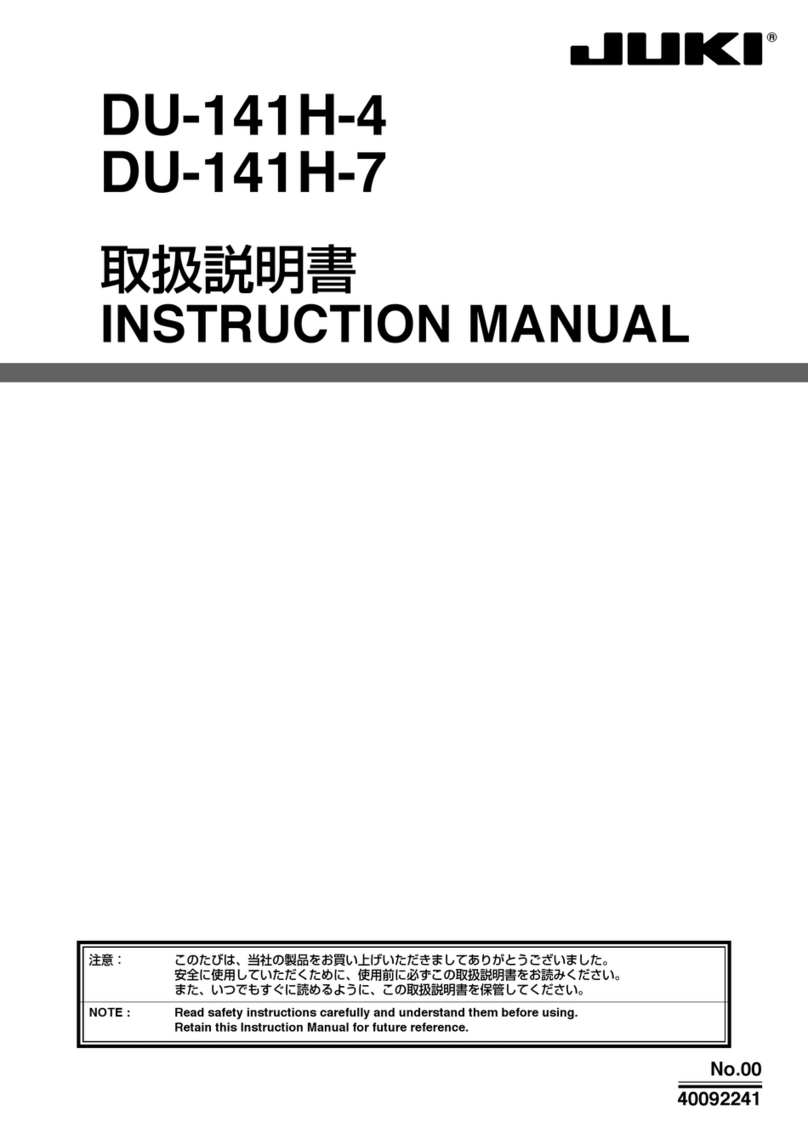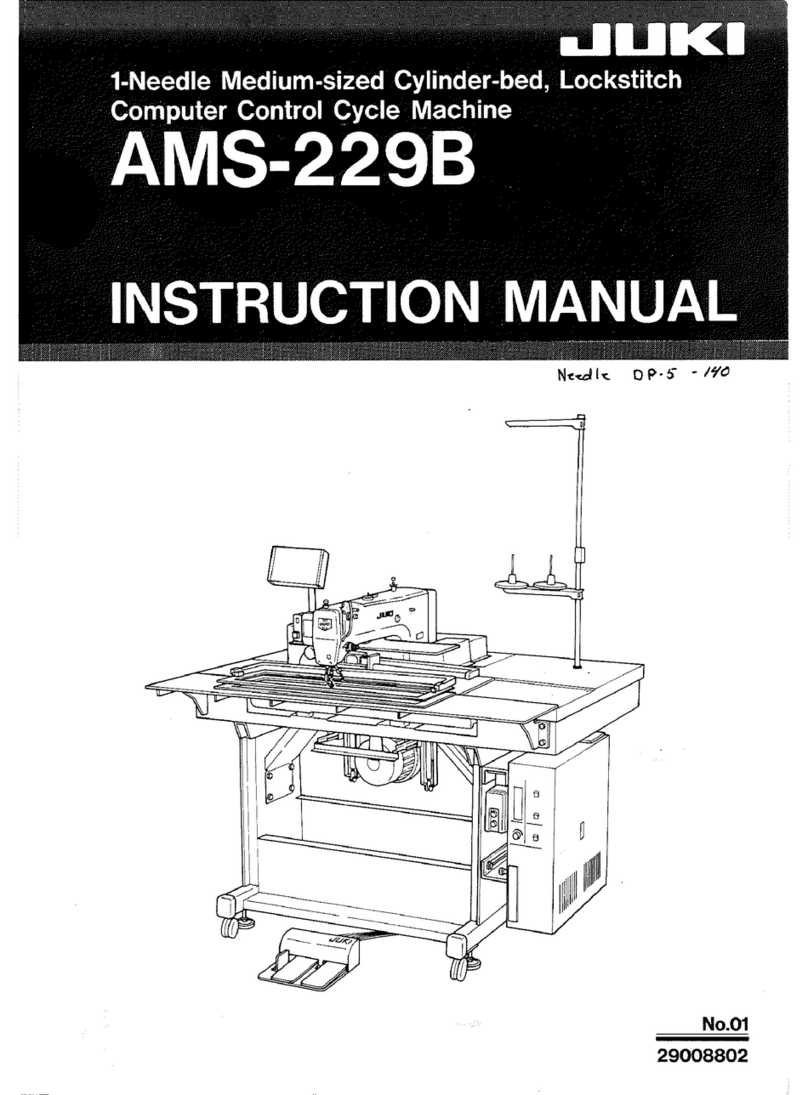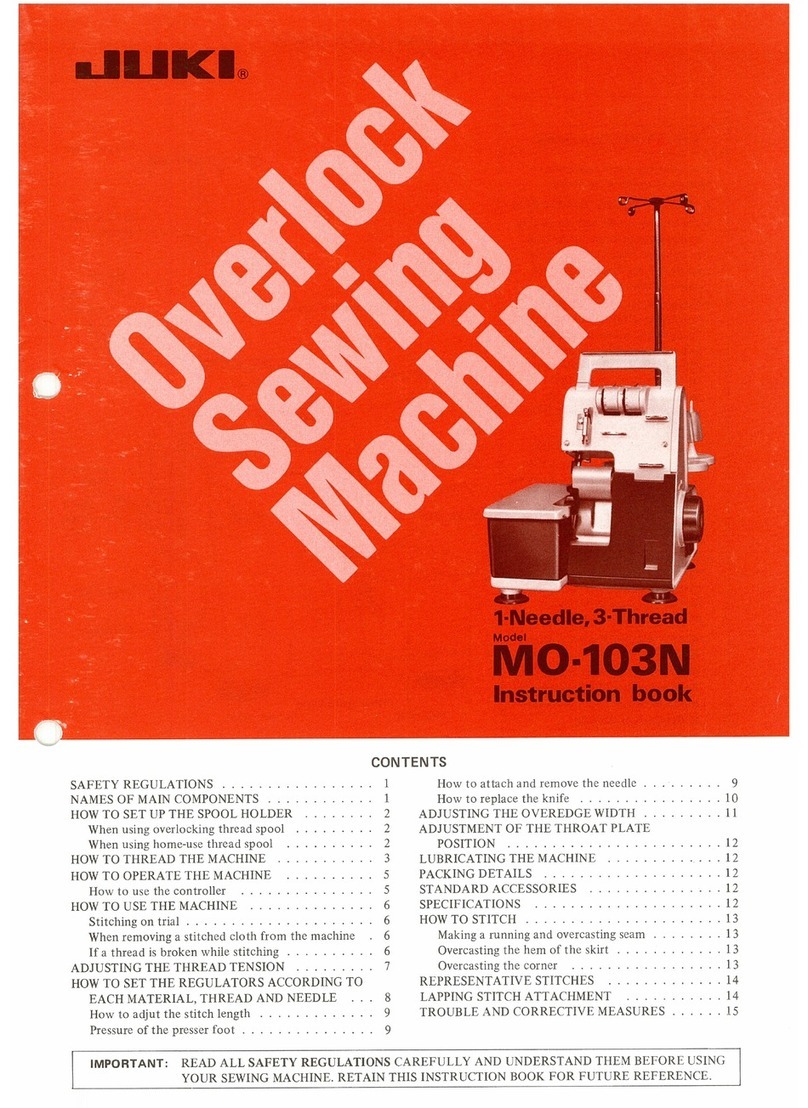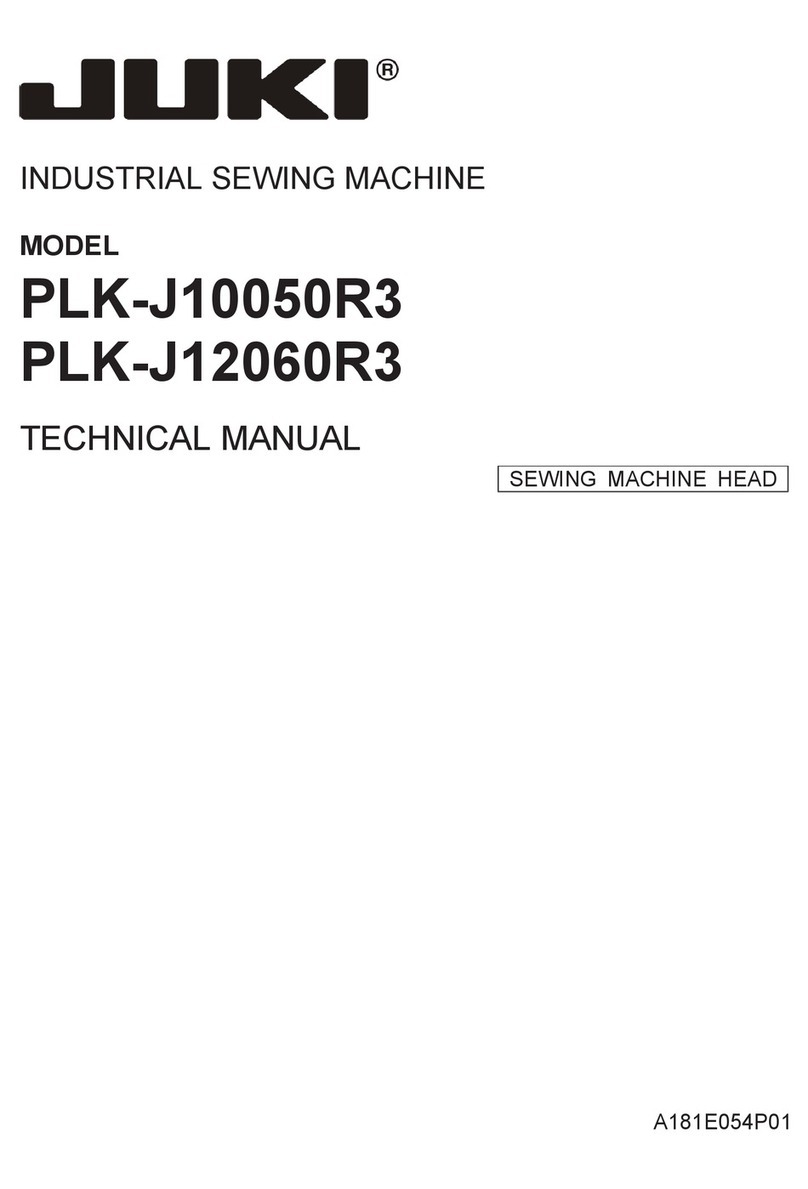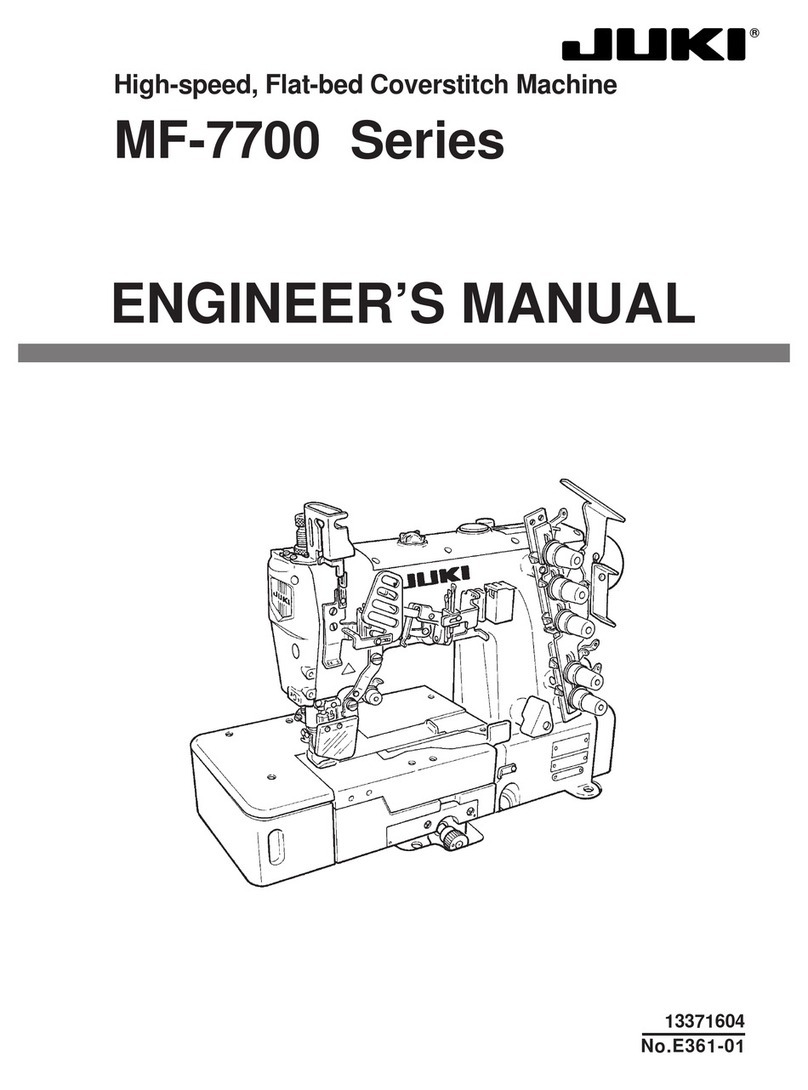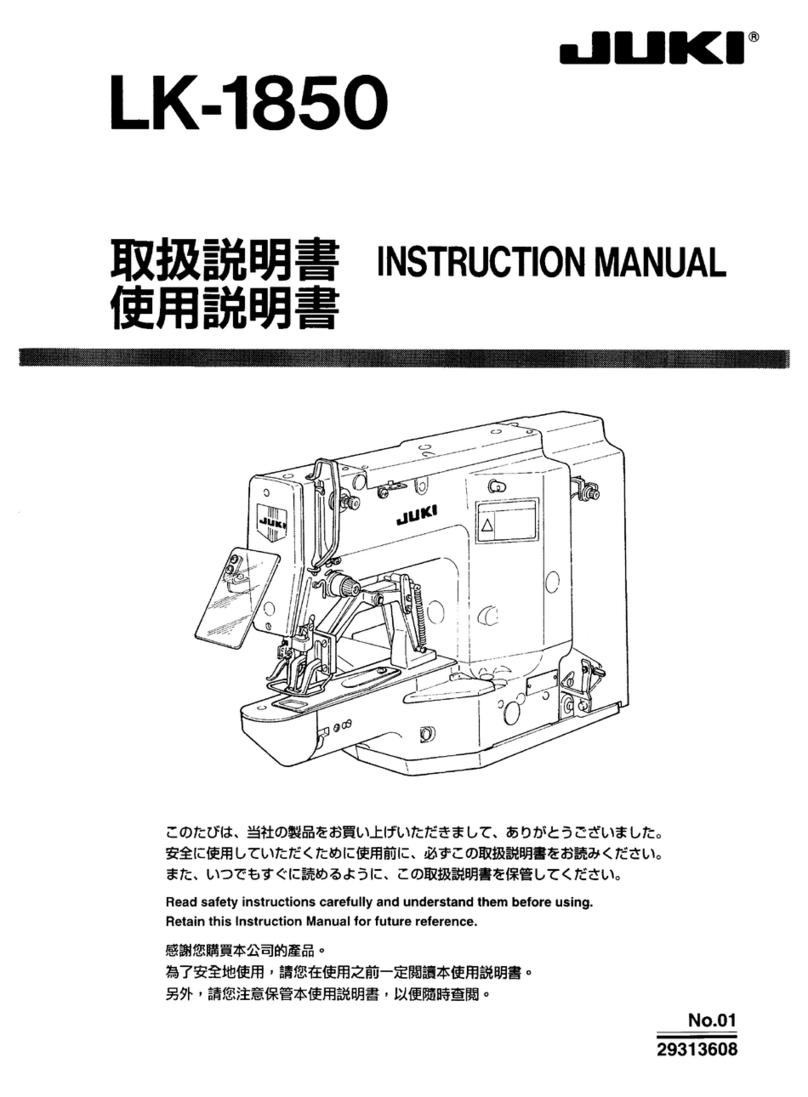
PREFACE
This Engineer's Manual is written for the technical personnel who are responsible for the service and maintenance
of
the sewing machine. This manual describes "Adjustment Procedure", "Results
of
Improper Adjustment", and other
functions which are not covered by the Instruction Bookintended for the maintenance personnel and sewing operators
at
a sewing factory.
All personnel engaged
in
repair
of
TSH-411 and TSU-471 are required to carefully read Section 2 "Standard Adjustment"
which contains important information on the maintenance
of
TSH-411 and TSU-471.
The "Standard Adjustment" consists
of
two parts; the former part presents illustration and simplified explanation for
the convenience
of
reconfirmation
of
the required adjustment values in carrying out actual adjustment after reading
this manual once; and the latter part provides "Results
of
ImproperAdjustment" in which sewing and/or mechanical
failures, and the correcting procedures are explained for those persons who perform such adjustment forthe first time.
It is advisable to use "TSH-411 and TSU-471 Parts Book" together with this Engineer's Manual.
CONTENTS
1. SPECIFICATIONS ......................••.•.......•.......••••...•.•.........••......••....................... 1
2. ADJUSTMENTS •...•........................•.•.••••............................................•..............2
(1) The position
of
the shuttle when
it
is recessed
most
.......••...•.........•.........••......•...•..... 2
(2) Needle-to-shuttle timing......•.•••....•...•....•..•..•......................•............................................2
(3)
Height
of
the needle bar......................................•................................................•..........2
(4)
Clearance between the needle and the shuttle............................................................. 4
(5)
Clearance between the needle and the shuttle driver.................................................. 4
(6) Height
of
the feed dog•...•••.•••..•..........••......•.•...................................................•.............. 6
(7)
Longitudinal position
of
the feed dog ......•.................................................................... 8
(8)
Feed
timing
..................................................•....................................................................8
(9)
Movement
of
the walking
foot
(This item
is
applied only
to
the
TSU-471.) .............
10
1) Longitudinal position
of
the walking foot................................................................................................. 10
2) The amount
of
alternating vertical movement
of
the walking foot and the presserfoot ......................... 10
3) Operating height
of
the walking foot and the presser foot ...................................................................... 12
4) Feed amount
of
the walking foot ............................................................................................................ 12
5) Top feed timing ....................................................................................................................................... 14
3. PARTS WHERE ANAEROBIC ADHESIVE (LOCK-TITE) IS USED .............. 16
4. SELECTIVE CONNECTED PARTS LIST ....................................................... 17
5.
CONSUMABLE PARTS LIST •.•••..•...........................................••..••••••••.•........ 17
6. OPTIONAL PARTS .......••.•••••••••..••.......•.•••.••......•••...••.•.....•••••.••••••......•..........• 17
7. PROBLEMS WITH SEWING AND CORRECTIVE MEASURES .................... 18
8. DRAWING OF THE TABLE .....•.••.•......................................................•.••••..... 19
From the library of: Superior Sewing Machine & Supply LLC
